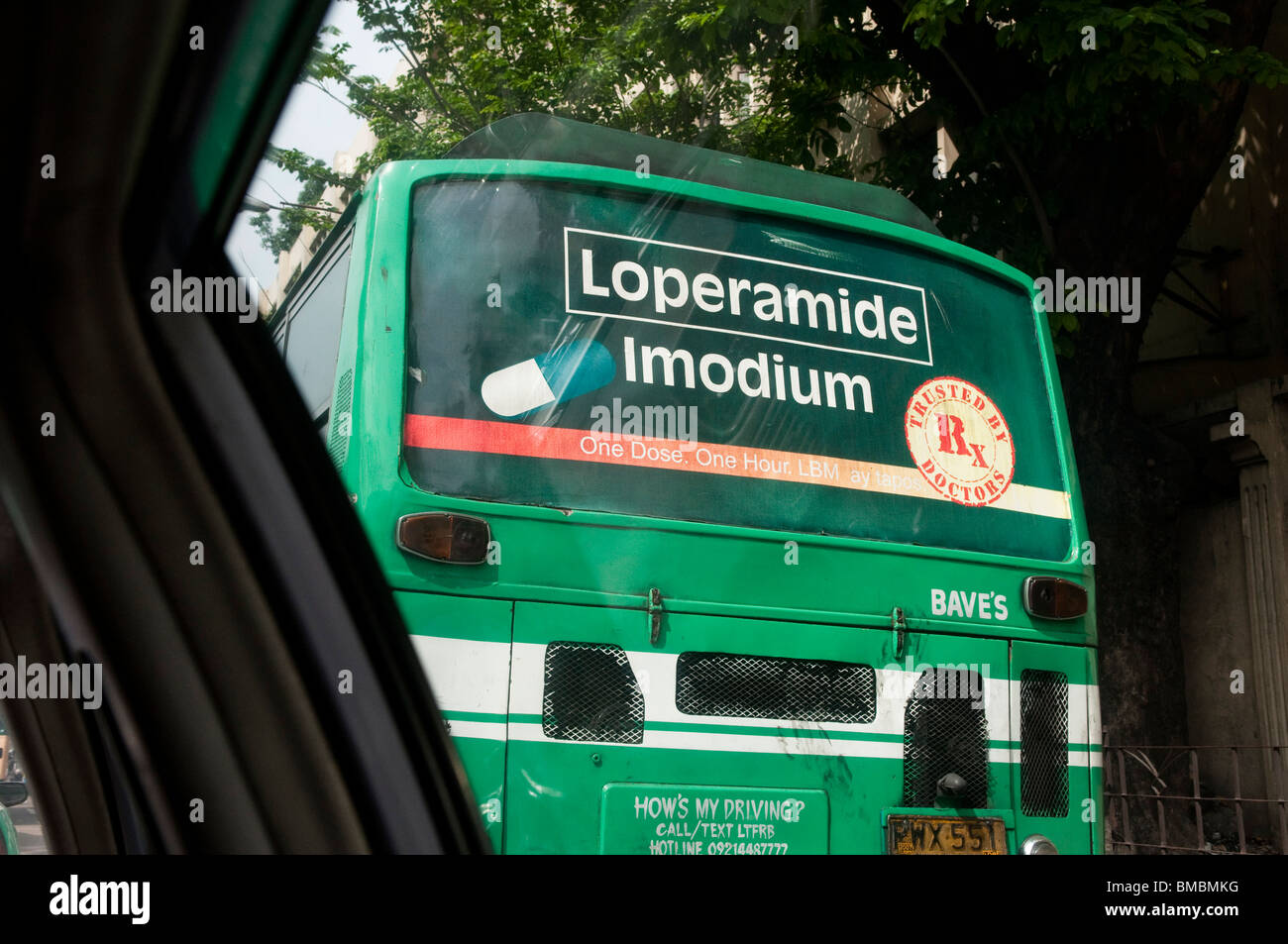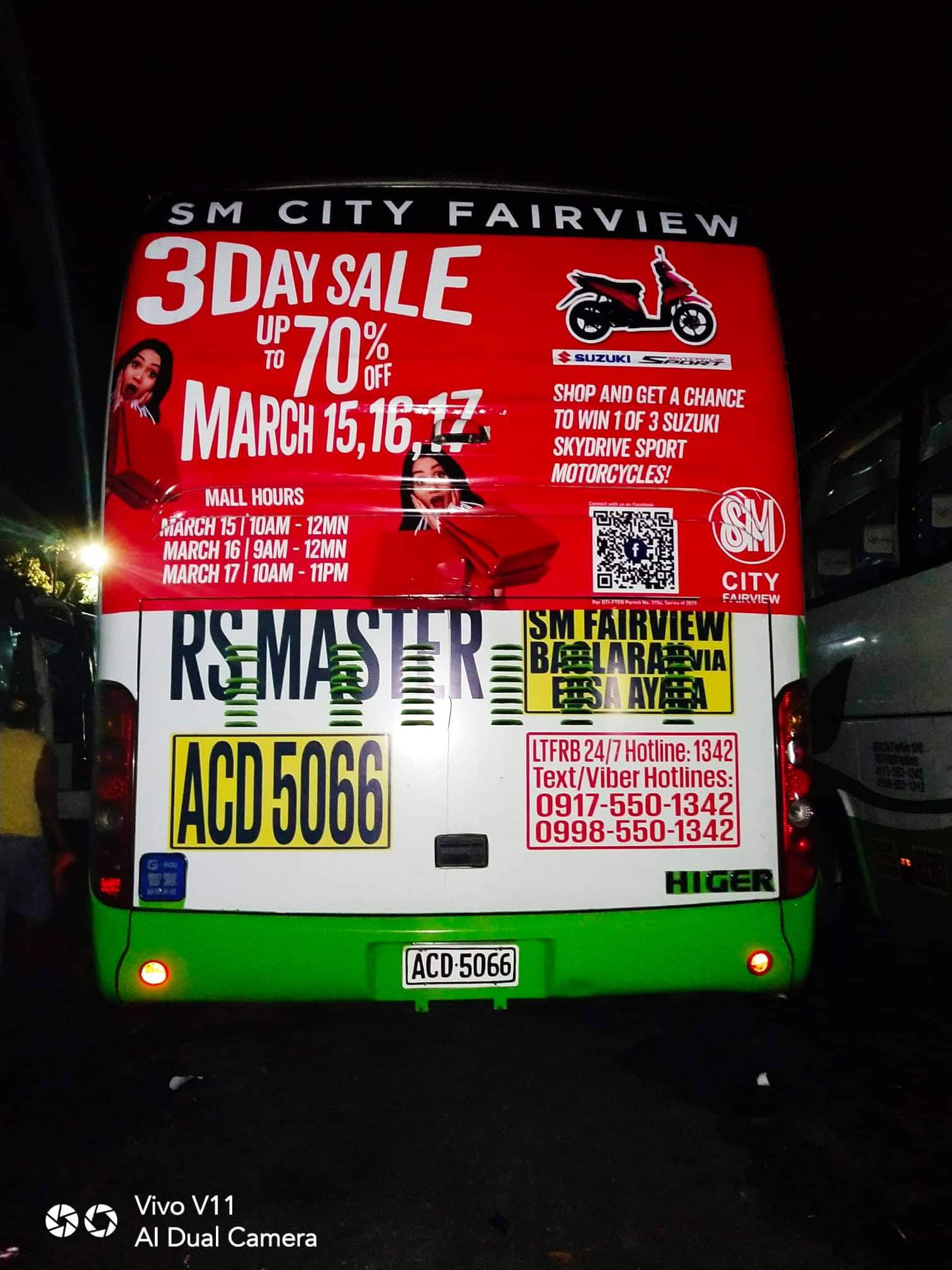Transit Advertising Philippines for Unmatched Brand Exposure
Transit Advertising Philippines for Unmatched Brand Exposure
Blog Article
Understanding the Function of Transportation Advertising And Marketing in Enhancing Brand Name Visibility and Customer Engagement
Transportation advertising has actually become an essential element in the advertising landscape, supplying special possibilities for brands to elevate their visibility and involve consumers effectively. With the capacity to get to a diverse and captive target market throughout their day-to-day commutes, these advertising methods are not simply regarding exposure; they are concerning creating purposeful links with prospective customers. As we discover the diverse advantages and ingenious approaches within transportation advertising and marketing, it ends up being vital to take into consideration exactly how these elements collectively affect consumer perception and habits, increasing concerns regarding their lasting effect on brand name commitment.
Meaning of Transportation Advertising And Marketing
Transit advertising refers to the technique of advertising products, services, or brand names through promotions put in and around public transport systems. This type of marketing encompasses a range of placements, including posters on trains and buses, electronic displays at transit terminals, and wraps on the exterior of cars. It aims to get to a diverse target market, taking advantage of the high foot website traffic related to public transit.
Transit advertising and marketing is strategically positioned to catch the attention of commuters, who commonly invest substantial time waiting or traveling. By incorporating advertisements right into the daily routines of people, brands can create a long lasting perception and foster brand acknowledgment. The tool is specifically effective in metropolitan environments, where mass transit is a main mode of travel.
Additionally, transportation advertising can promote localized targeting, allowing businesses to get to details demographics based upon transportation routes and station areas. As urban populaces expand and using public transport rises, this marketing approach has actually gained prominence as a crucial part of integrated advertising strategies. The vibrant nature of transportation advertising, combined with its capacity to engage consumers in a captive environment, emphasizes its relevance in modern marketing techniques.
Benefits of Transit Advertising And Marketing
The efficiency of transit advertising hinges on its capability to provide a multitude of advantages to brand names looking for to boost visibility and interaction. Among the key benefits is the substantial reach it provides; transportation advertisements can effectively target diverse demographics across urban locations, getting to both commuters and pedestrians alike. This wide direct exposure dramatically improves brand awareness.
Another benefit is the high frequency of impressions. As transportation vehicles take a trip along well established routes and stop at numerous places, they develop recurring direct exposure that enhances brand name messages. This regularity cultivates experience, which is vital in consumer decision-making.
Transit advertising and marketing is additionally affordable compared to other media platforms. Offered its expansive reach and capacity for high perceptions, brand names typically experience a lower price per thousand perceptions (CPM), maximizing their advertising and marketing budget.
Furthermore, transit ads can develop a sense of neighborhood connection. By straightening with regional transportation systems, brands can reverberate with regional target markets and foster a feeling of neighborhood satisfaction. This local approach enhances brand name commitment and involvement, making transit marketing a compelling choice for businesses intending to strengthen their existence out there.

Reliable Techniques for Transit Campaigns
To take full advantage of the effect of transportation projects, brands ought to leverage strategic planning and implementation customized to their target audience. Initially, identifying the market attributes of the audience using public transportation is vital. This enables brand names to develop tailored messaging that resonates with prospective customers.
Following, choosing the ideal transit tools is vital. Whether using bus covers, subway posters, or electronic displays, each medium has special benefits that can improve exposure. As an example, lively visuals on bus covers can stand out, while electronic ads can be upgraded regularly to reflect timely promos.
Additionally, incorporating a natural branding strategy throughout transportation platforms ensures consistency and enhances the brand's identity. Making use of attractive their website styles and remarkable taglines will certainly strengthen brand name recall amongst commuters.
By using these approaches, brands can effectively harness the possibility of transportation advertising, promoting better awareness and link with their target audience. Inevitably, a well-executed transit campaign can drive significant growth in brand name presence and consumer interaction.

Gauging Influence and Engagement
In examining the effectiveness of transit ad campaign, exact dimension of effect and interaction is essential for brand names looking for to maximize their marketing strategies. Metrics such as reach, frequency, and perceptions offer fundamental information to examine presence. Assessing these factors helps determine exactly how numerous possible consumers are subjected to the advertisements during their day-to-day commutes.
Interaction can be more evaluated via customer communications, such as site web traffic, social media sites points out, and straight feedbacks to calls-to-action included in the advertisements. Utilizing tools like QR codes or unique URLs can facilitate tracking of customer actions straight connected to transit campaigns. Studies and responses mechanisms also function as click to find out more valuable approaches to collect qualitative data on customer assumptions and recall of the promotion.
Furthermore, progressed analytics and acknowledgment versions can correlate transportation direct exposure with subsequent buying behavior, using insights into the return on investment. By utilizing a comprehensive method that incorporates measurable and qualitative steps, brands can develop a nuanced understanding of their transit advertising and marketing effect. Eventually, this data-driven approach allows brands to refine their campaigns, guaranteeing they resonate efficiently with target audiences and boost total brand exposure.
Study of Effective Projects
Effective transportation marketing campaign work as compelling examples of exactly how reliable techniques can boost brand visibility and interaction. Transit Advertising Philippines. One notable instance is the "I Love New York" campaign, which transformed the city's image and attracted countless travelers. By utilizing subway advertisements, billboards, and bus covers, the campaign developed a solid, cohesive brand name identity, causing a considerable uptick in tourism and local business patronage
An additional exemplary project is Coca-Cola's "Share a Coke" campaign, which leveraged transportation advertising to individualize the brand name experience. By featuring preferred names on advertising products throughout different transit systems, Coca-Cola promoted a much deeper emotional connection with customers, motivating them to share their experiences on social networks.
Furthermore, the "Got Milk?" project successfully utilized mass transit ads to reach a broad audience, enhancing the message of the value of milk in a balanced diet. The project saw a measurable increase in milk consumption in target demographics.
These case studies illustrate that when implemented attentively, transit marketing can dramatically boost brand name visibility, foster customer engagement, and drive quantifiable results, demonstrating its essential role in contemporary marketing strategies. - Transit Advertising Philippines
Conclusion
In conclusion, transit advertising serves as a crucial device for boosting brand name presence and cultivating customer involvement. Inevitably, the capability to gauge engagement and examine successful case researches highlights the performance of transportation advertising in driving brand commitment and customer interactions.
Transit marketing has actually emerged as a crucial element in the advertising and marketing landscape, using distinct possibilities for brands to boost their presence and engage customers successfully.Furthermore, transit marketing can help with localized targeting, enabling businesses to get to specific demographics based on transit paths Continue and terminal areas.In assessing the efficiency of transportation marketing projects, precise dimension of influence and engagement is vital for brands looking for to optimize their marketing strategies.Successful transit marketing projects offer as engaging instances of exactly how reliable techniques can raise brand name visibility and interaction.In final thought, transportation advertising serves as a vital device for improving brand presence and cultivating consumer involvement.
Report this page